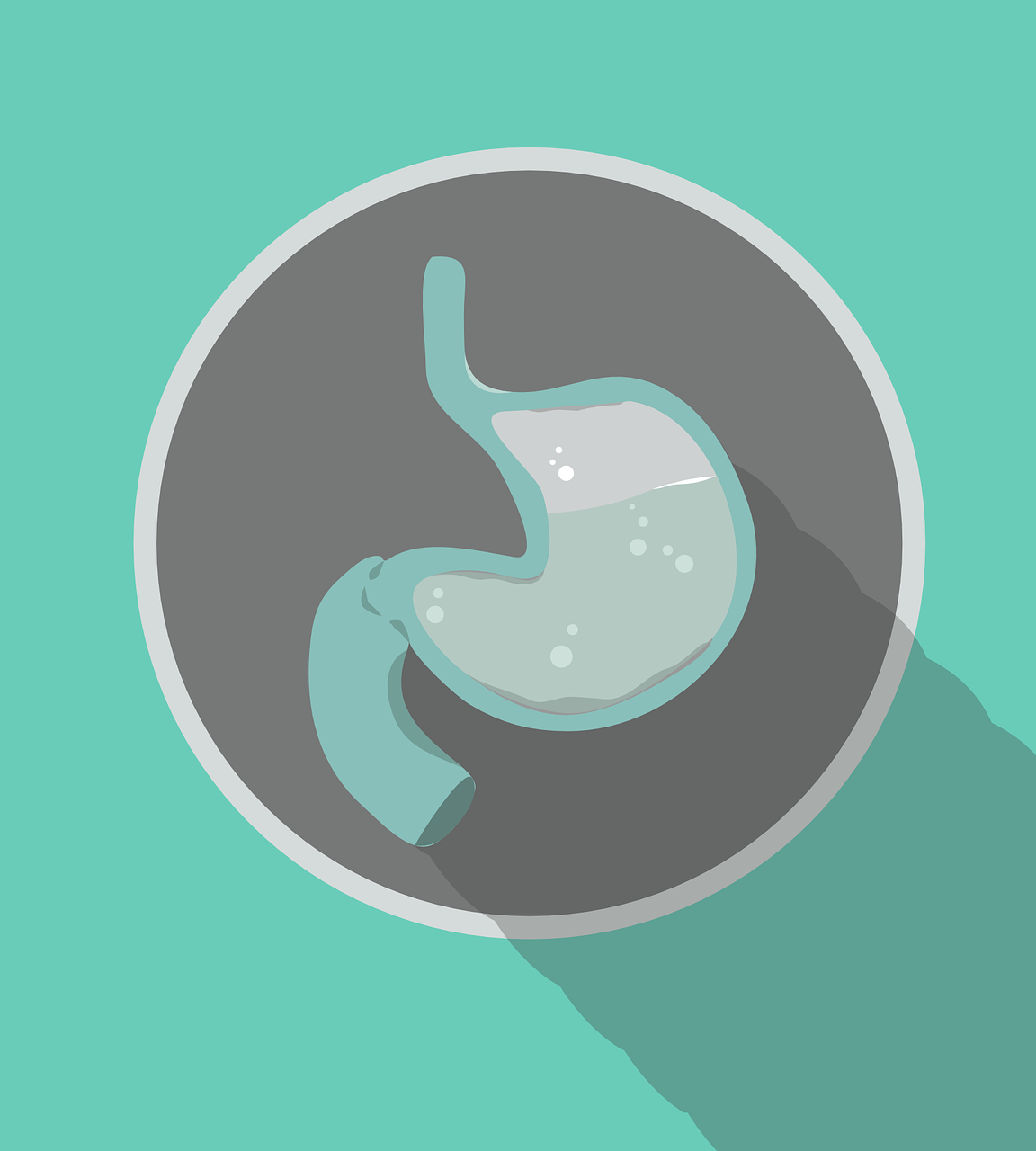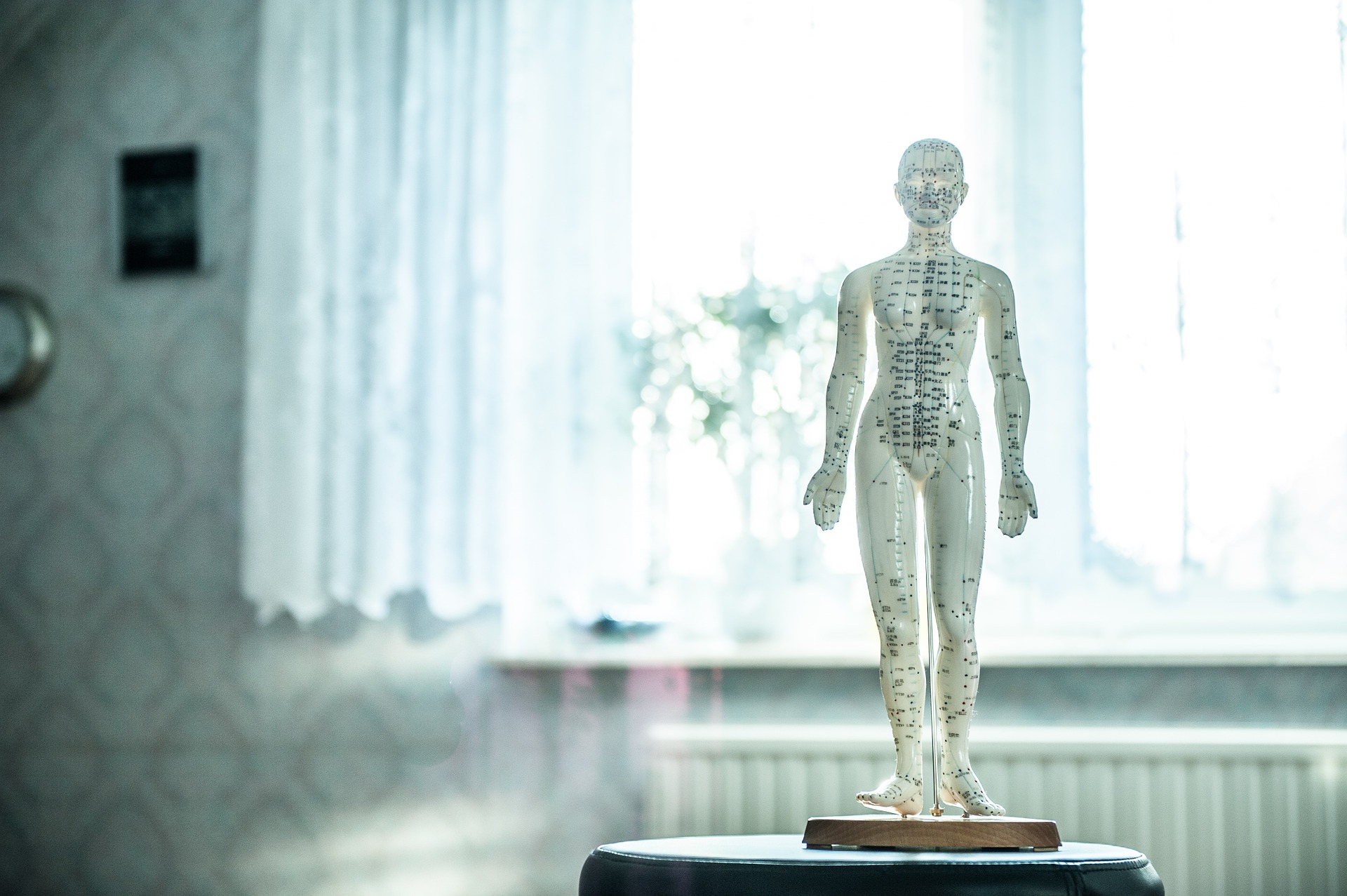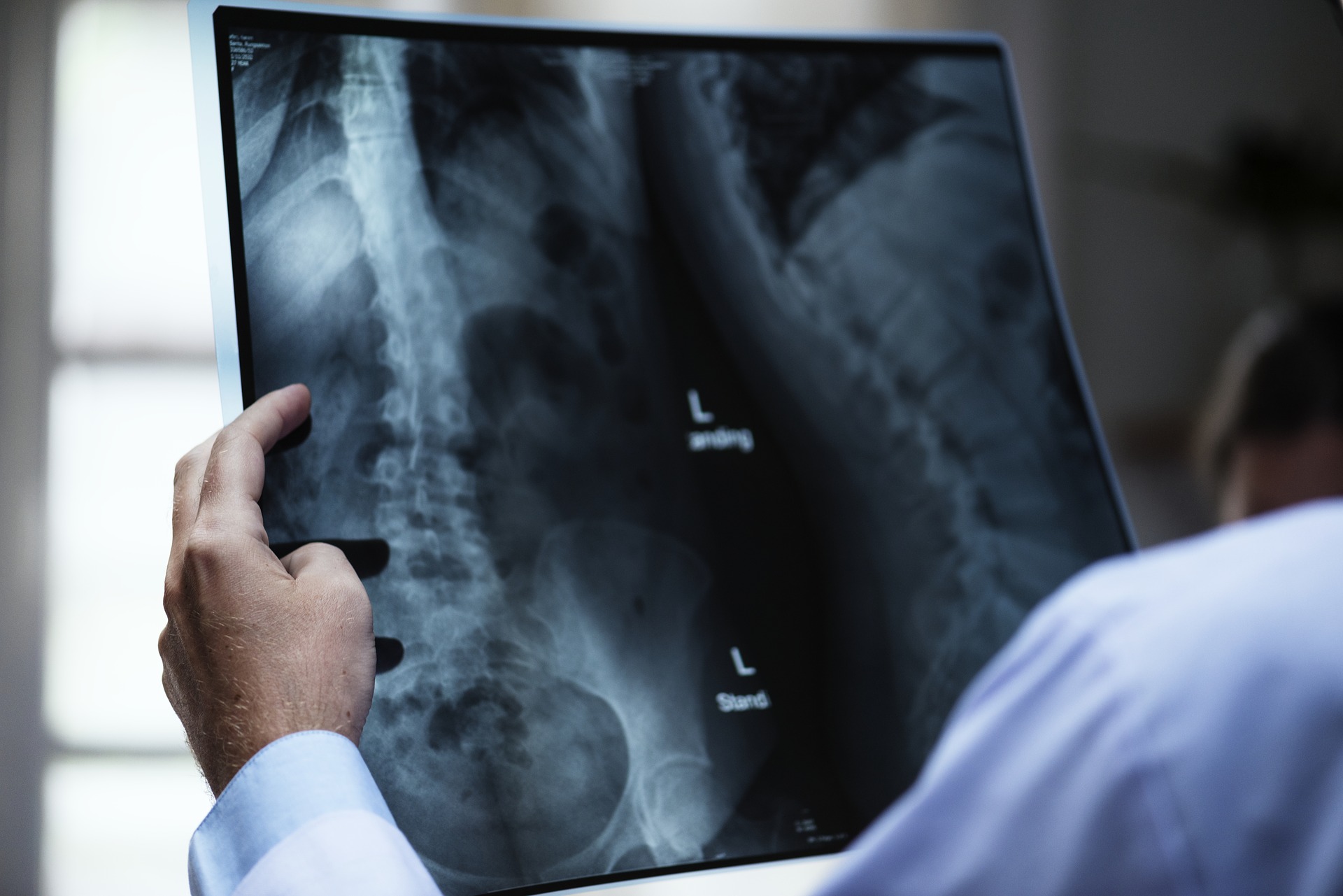Are you one of the 20 percent of Americans with acid reflux and heartburn? You’re probably thinking that the problem is due to too much stomach acid, but in many cases it’s the opposite causing the problems – too little stomach acid is the culprit behind those fiery episodes that feel like they’re burning a hole in your chest.
The environment of the stomach is highly acidic so that it can quickly break down meats and other foods, protect you from poisoning and infection from bacteria, fungi, and other toxins, and help you better absorb minerals. Good stomach acidity also helps ensure smooth function of the rest of the digestive tract and can help relieve not only heartburn but also indigestion, belching, gas, constipation, bloating, yeast overgrowth, food allergies, and other symptoms related to compromised digestion.
Various factors can cause insufficient stomach acid. Stress, bacterial infection, poor diet, and nutritional deficiencies can hinder the stomach’s production of hydrochloric acid (HCl), or stomach acid. The most common cause of low stomach acid is infection from H. pylori, a bacteria also linked with stomach ulcers.
Pernicious anemia, hypothyroidism, a deficiency of zinc, B12, magnesium, or chloride can also contribute to the problem. Long-time vegetarians or vegans may be deficient in zinc and B12, as these are found in meats, and may need the support of HCl supplementation when adding meat back into their diet.
The stomach contents must be very acidic to trigger the release of food from the stomach into the small intestine. When stomach acid is too low it fails to trigger this release because the contents are not the right acidity to safely enter the small intestine.
As a result, the trapped food shoots back up into the esophagus. Although stomach acid is too low, it is still too acidic for the delicate tissue of the esophagus. This causes that fiery burning and pain of heartburn and acid reflux.
Antacids or acid blockers bring temporary relief but may cause long-term problems with your overall digestive function. Proper acidity of the stomach triggers the pancreas to secrete digestive enzymes and the gallbladder to secrete bile. Enzymes and bile help ensure proper nutrient absorption, fat emulsification, protection against infections and parasites, and proper functioning of the large intestine.
Chronically low stomach acid hinders the function of these organs, often leading to larger problems throughout the digestive tract.
If stomach acid is too low the most important thing to do is address the root cause, whether it is nutritional deficiency, hypothyroidism, or an H. pylori infection. You can also boost stomach acid by taking an HCl supplement. Just be aware that if you have gastric lesions or an autoimmune reaction to the tissue in your stomach, an HCl supplement could make you feel worse.







